.jpg)
Gardening Tips On Gardening Beds: How to Make and Maintain a Flat or Raised Garden Bed?
Are you dreaming of a self-sufficient garden that's full of vegetables so you can consume in a more eco-friendly manner? But are you a little anxious that this may create a lot of hard work and that, as a bit of a gardening novice, you're not quite up to the job? Fear not – we've got the perfect remedy! Start small and begin with a simple vegetable patch! Contained and therefore a lot more manageable, a gardening patch requires less attention, less water and – let's face it – less hard graft than transforming your entire garden into a horticultural haven. Garden beds are an easy thing to put in place and, despite taking up just a small area of space, they are sure to yield an abundant harvest. So, don't be put off from growing your own crops! With our guide to creating your very own veg patch, it's time to grab your gardening tools, pull on your gardening gloves, and get outside!
1. What are the 3 types of garden beds and which is best? Everything you need to know about raised garden beds, ground level plant beds and stair-style beds
The traditional ground-level vegetable patch: If you're lucky enough to have a big garden, then there's nothing to stop you from making a standard, direct-in-the-ground vegetable patch. Alternatively, if you've got patio space or a balcony, then you can also put a vegetable bed in place that simply consists of pots and planters.
A raised garden bed: For older individuals or for those that suffer from back problems, a raised garden bed is ideal – it'll let you do what you love free from pain! This type of bed is also great if your garden space is limited and if you won't have sufficient room to freely move around a ground-level bed and approach it from all sides.
A stair bed: This type of garden bed – the most aesthetically pleasing in our opinion – consists of multiple levels, which is great for carefully ordering your plants in relation to how much sunlight they require!
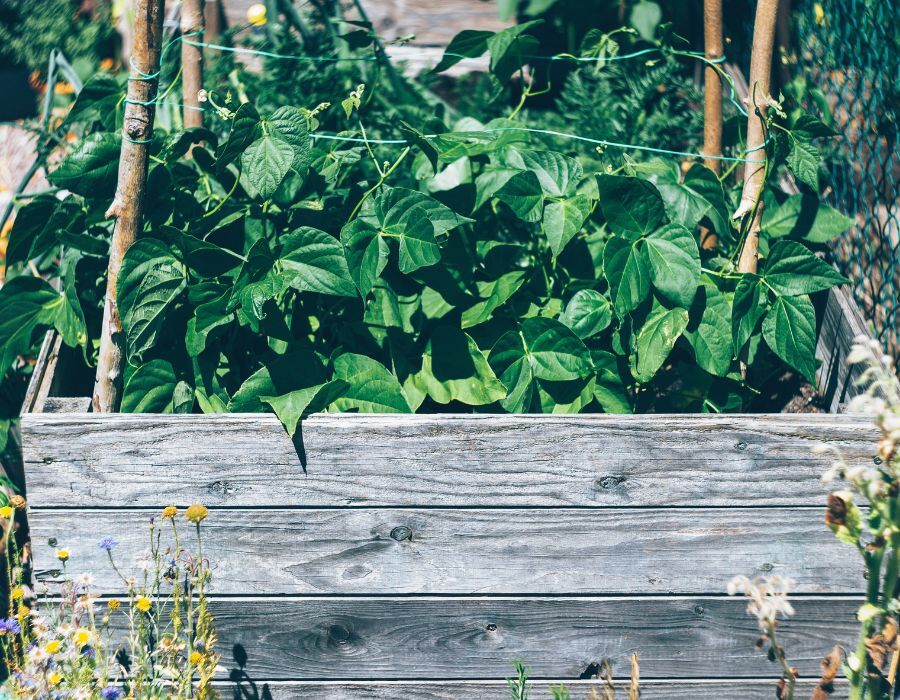
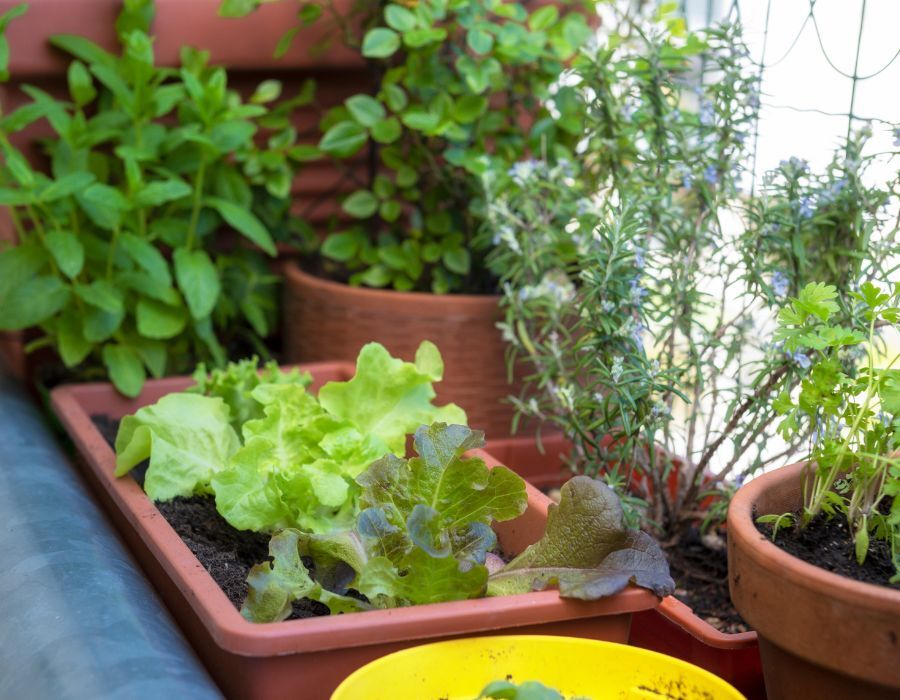
2. Decide where to locate your flat veg bed or raised veg planter
Your gardening bed is almost guaranteed to thrive if it is positioned somewhere that is south facing. This directional exposure will bless your plants with good sunshine! When positioning your bed, it's imperative that you place it in a spot that is easily accessible from all sides. If you've settled upon a traditional type of gardening bed that sits directly on the ground, make sure to clear the space around it, removing weeds and evening the ground so that nothing encroaches upon it. Ultimately, you want to place your veg bed on a clean, flat surface so nothing threatens the growth of your crops! Finally, if you've chosen to have multiple gardening beds, just make sure that you leave a little space between them so that you still have easy access to all your plants!
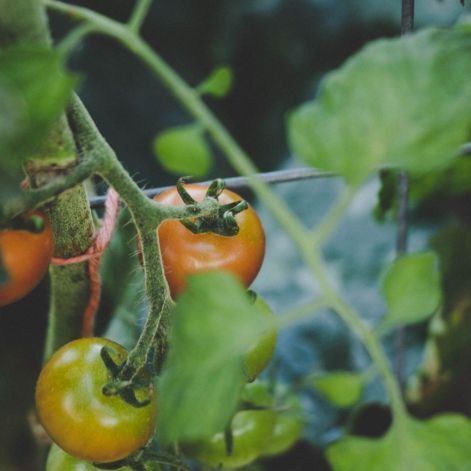
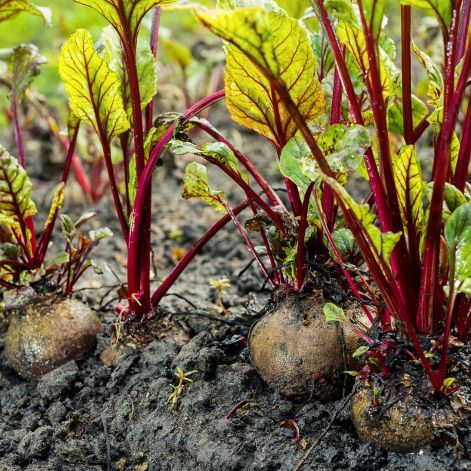
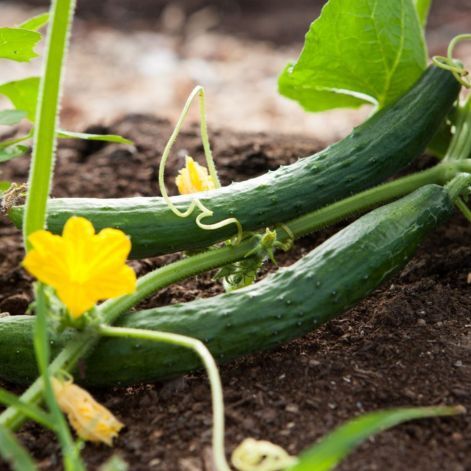
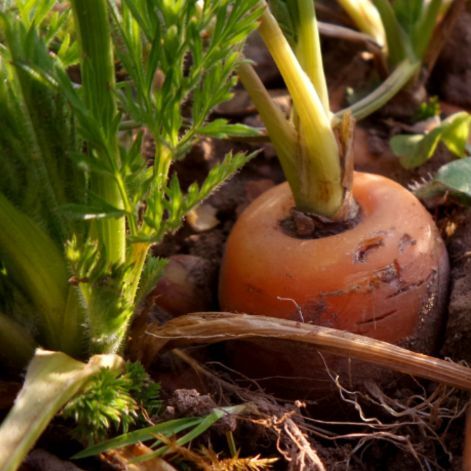
3. Organise your gardening beds well!
Gardening beds are a great way to grow plants quickly and they're therefore perfect if you want to change things up throughout the season, unearthing plants that have passed their peak and replacing them with fresh new crops! For a bountiful harvest, here's a few top tips:
Pay close attention to what vegetables you plant next to each other: there are some winning combos and some disastrous duos. For example, certain plants enrich the earth by dispelling nitrogen, which some plant neighbours love! Other crops can complement each other in terms of size – placing a big plant next to one that grows half the size enables the smaller of the two to shelter in shade; some plants will love this, but sunshine-hungry crops will find themselves deprived of what they need to grow. As a general rule of thumb, it's ideal to place climbing plants in a northwards position and sprawling plants around the periphery of your garden bed. Not only will this help you save space, it'll also have a nice aesthetic effect, helping cover the wooden boards of your bed and giving a more green and natural look!
Respect the space your plants need: if your vegetable patch or gardening bed is limited in size, you need to be mindful about how much earth each of your plants requires to healthily grow. For example, tomatoes demand space, meaning (dependent on its size) your vegetable patch might only be large enough for one tomato plant. Parsley on the other hand is a lot more compact, meaning your vegetable patch could likely accommodate 10 parsley plants. To maximise on space, why not opt for mini fruit and vegetable species. They're fun to grow and will let you enjoy a more varied harvest from a single vegetable patch.
Rotate your crops for healthier soil: vegetable patches allow for a bountiful harvest in a relatively short space of time, but this intensive approach to growing crops can have a negative impact on your garden soil. In order to let the soil rest and rejuvenate itself, you should switch up your crops. Either grow different plants or alternate between flowers and vegetables. Luckily, this method means variety for you too, and it will also keep bees and other pollinators happy!
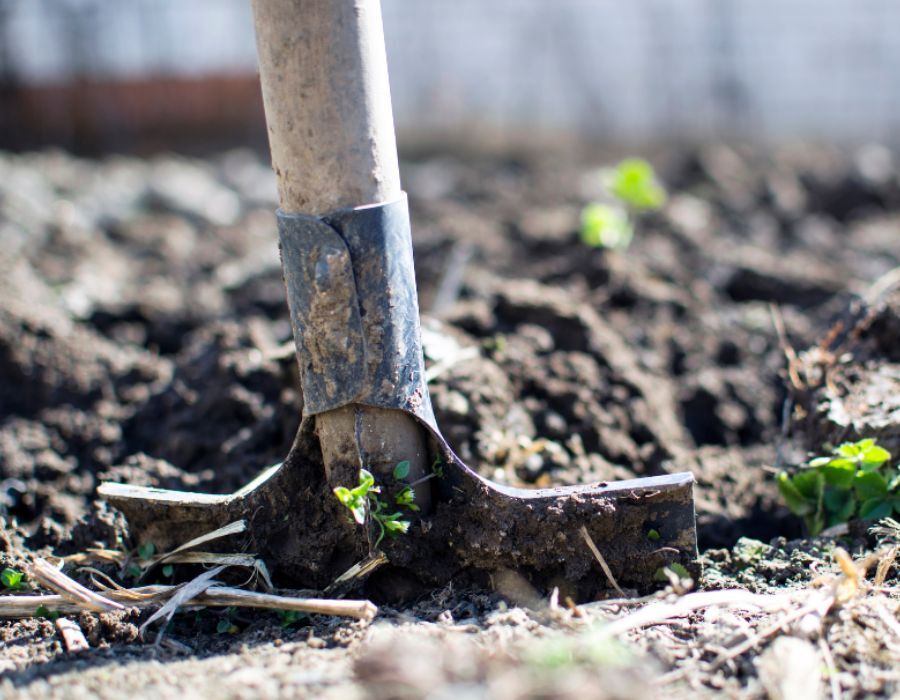
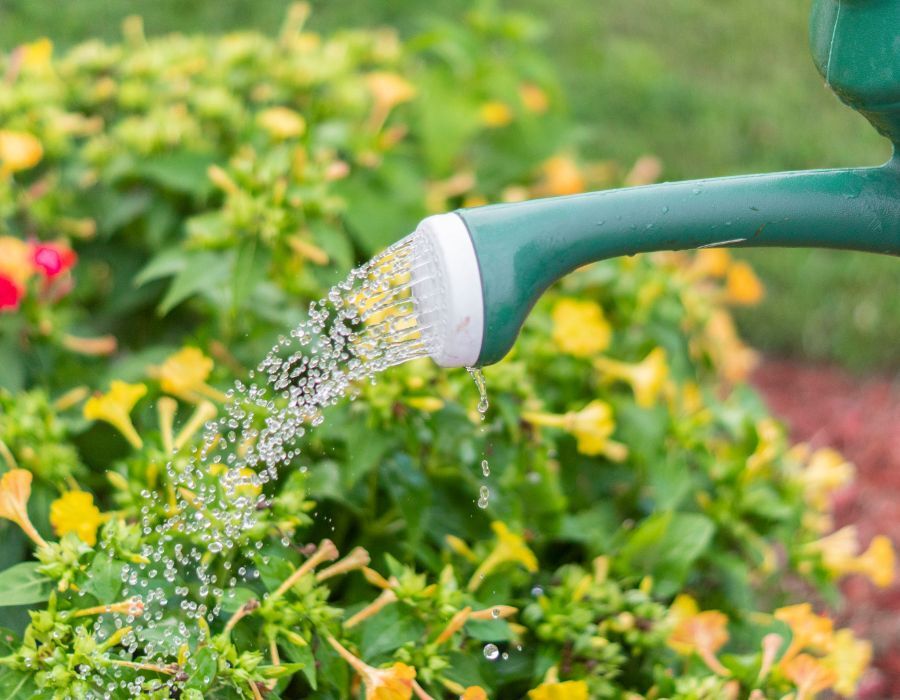
4. How best to maintain your raised flower planters, vegetable patches or allotment beds?
Consider drainage! If your garden bed is one that's simply made up of pots and planters (commonplace on a balcony or patio), you need to pay particular attention to water drainage so that your plants don't get drowned! From the very get go, make sure you're using pots with drainage holes and put a 3 to 5 cm layer of clay balls (sometimes referred to as clay pebbles) at the bottom of them, before filling with soil. Clay balls absorb excess water, allowing for better drainage. Stones can also be used, but note that they are a far heavier alternative! Whatever type of vegetable patch you've got going on, whether in an allotment, in your garden or on a patio, ensure you don't overwater your plants.
Water your plants correctly! You should never let the soil around your plants get completely dried out. As soon as the earth is dry on the surface, it’s a sign you really must water your plants! Once temperatures pick up above 20°C, you should water your plants daily, if not twice daily above 25°C. In hot weather, you should also make sure you water them at an appropriate time of day – either early morning or later in the day to limit evaporation. If you're concerned you won't be able to water your plants frequently enough, you can always install a programmable watering system to make life easier – they're great for on-the-go people!
Watch out for pests! If there's one thing every experienced gardener will tell you, it's make sure you protect your garden beds from slugs and snails. Coffee grounds and straw mulch are good deterrents! You may also need to install bird netting over the top of your vegetable patch, to prevent birds from pecking at your produce.
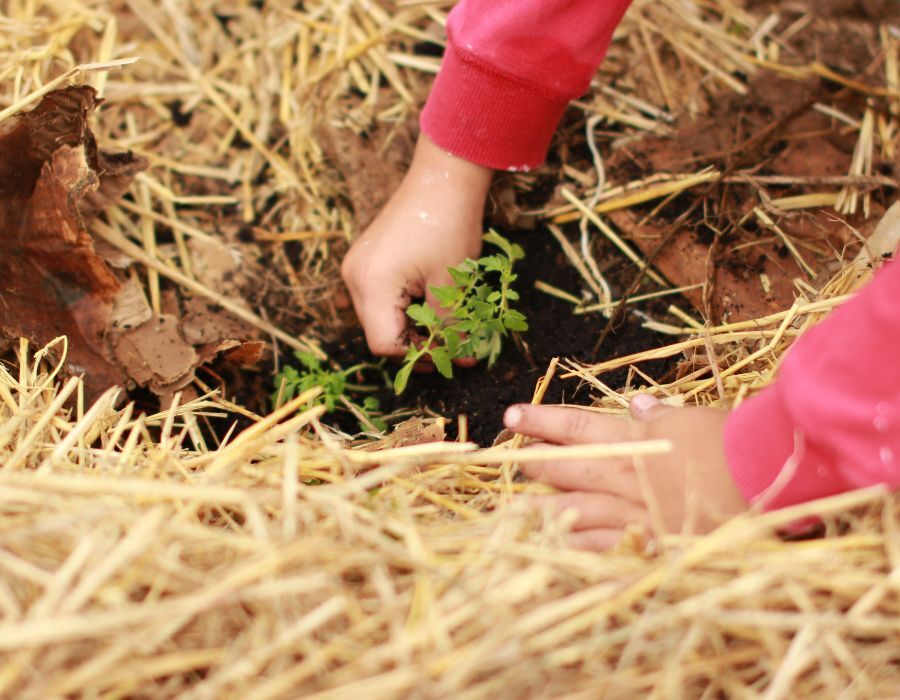
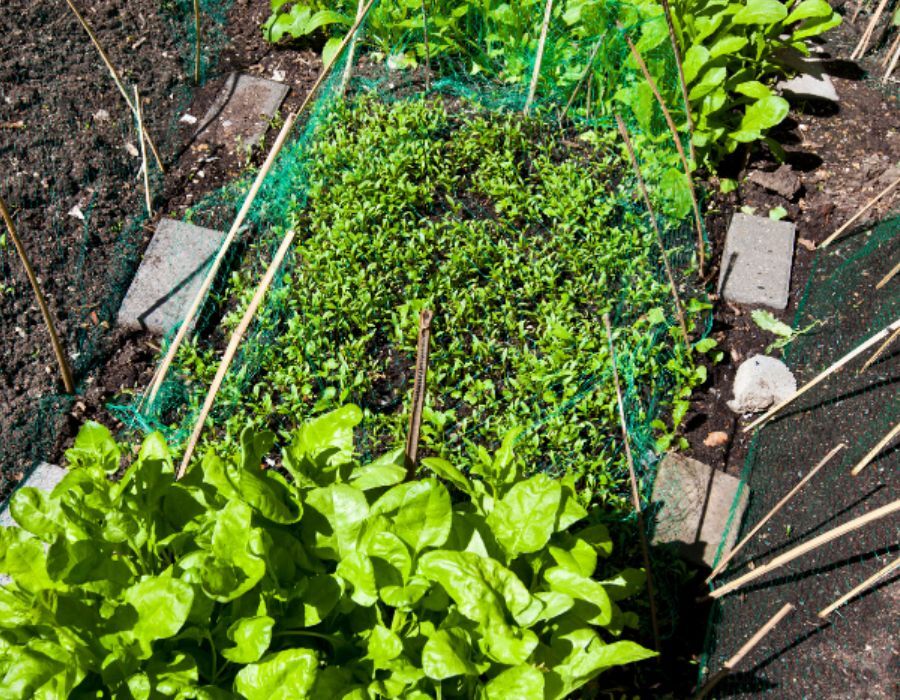
Get gardening!
Now you're up to speed with everything concerning garden beds, it's time to transform your outdoor space into a grower's paradise. Creating a vegetable patch is a project that will bring enjoyment, a sense of accomplishment and (hopefully) a successful harvest. So, what are you waiting for?